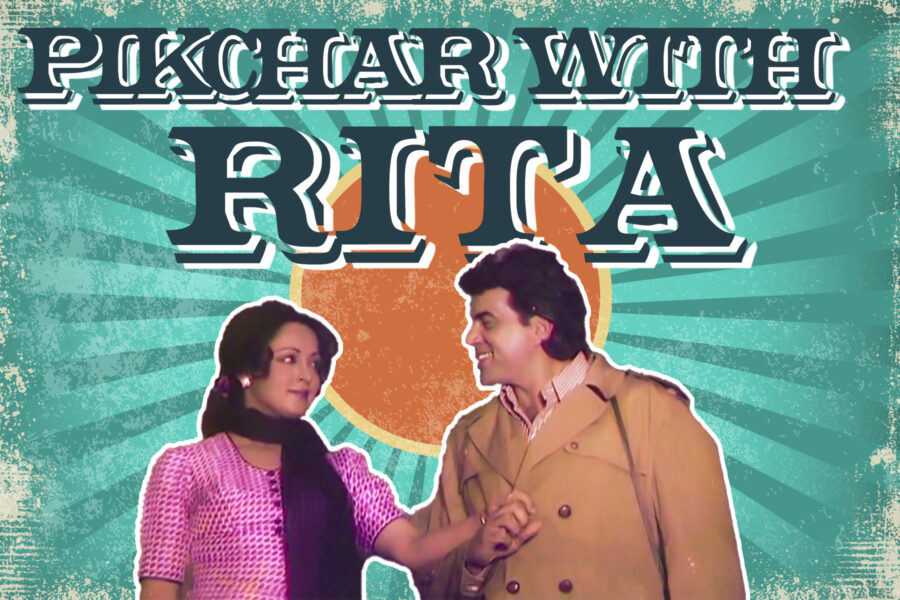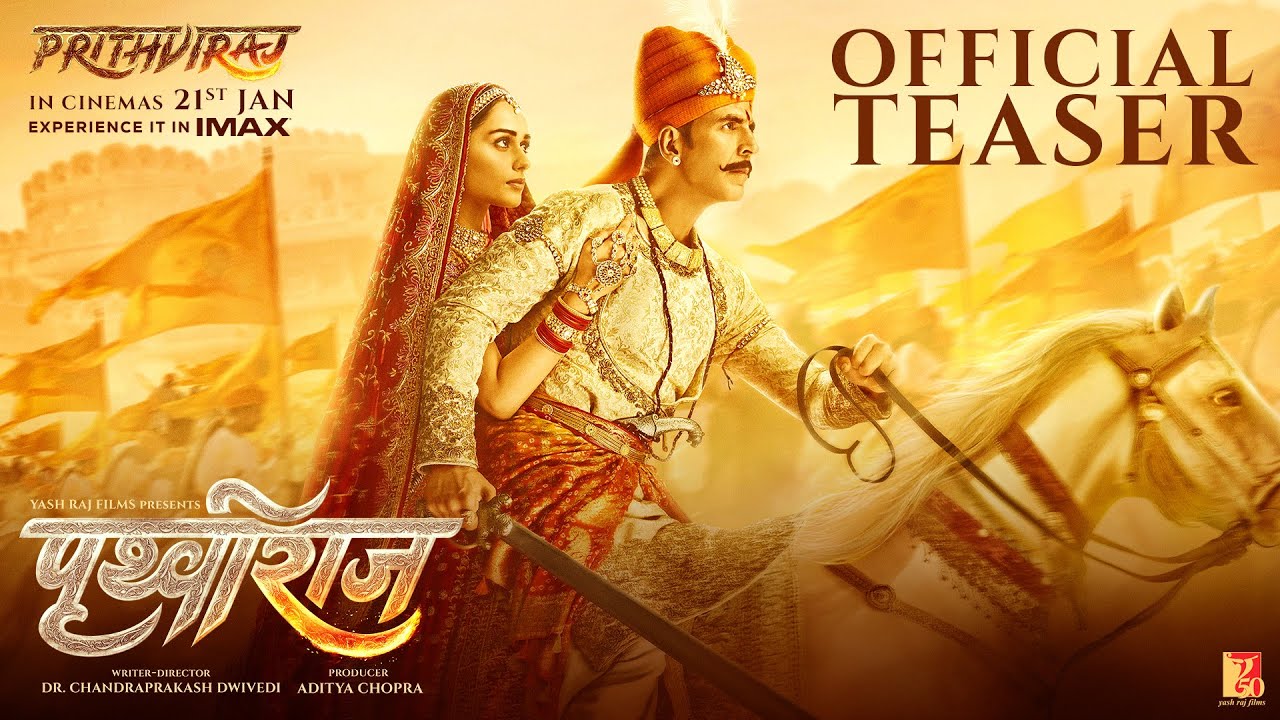The song that played during Lata Mangeshkar’s historic funeral was Naam gum jayega, chehra yeh badal jayega, meri aawaz hi pechaan hai. A testament to the immortality of voice over life, this was obviously an appropriate song for the occasion. Many of us knew that it was from the 1977 film Kinara (dir. Gulzar), however in the tradition of disconnecting songs from narratives, many heard it simply as a song. It is easy not to notice the quieter qualification in the song, ‘gar yaad rahe,’ which appears in lower tones. This is to say that names will change, so will faces, but my voice will remain, should you wish to remember.
To keep the past alive is a conscious choice in the face of its tendency to disappear and melt away. I wish to return the disembodied song and re-insert it into the narrative of Kinara, a fairly unusual film both for its time and even ours. The film is based in both Mandu and Bombay, and switches back and forth, not only between these two spaces but also between the past and present. Aarti Sanyal (Hema Malini) is a renowned Bharatnatyam dancer, and it is during her performance (prior to her marriage) that her husband-to-be Chandan Arya (Dharmendra) loses his life. The car accident that kills him involves Inderjeet (Jitendra), who survives the accident and through some quirk of fate, finds himself drawn to Aarti. His realisation that he is the author of her bereavement, leaves him guilty of a crime he inadvertently committed.
How is love to be distinguished from guilt, pity from affection and attraction, the film asks. And, what are the costs involved in living with the ghost of the past to the extent of rejecting happiness in the present?
The film moves equally between genres of historical fiction and romantic drama, conversation and song, poetry and prose, dance and stillness. All encounters with loss in the film are accompanied by desires for retrieval for time has a quality to both hurt and heal. Early on, someone says in the film that we believe we are still living in the times of Baaz Bahadur of Mandu, and what survives of our present also becomes history. Although conveyed in half jest and pointing to the lack of resources in the guest house, the words manage to capture the hold of the past, and also the potential of the here and now to become history. If this is how persistent the past is, its survival is surely not ensured by facts or even by semantics.
The guide, played by Keshto Mukherjee, says, “What difference does it make whether the queen Rupmati of Mandu danced or sang? These are questions of history, and you don’t ask history questions.” The subtle distinction between a living past and a dead history that cannot tolerate questions provides, through the comic spirit, a profound understanding of not only Aarti but also her predicament in negotiating with time gone, and time to come. She chooses to stay with the former, leaving Inderjeet unredeemed and alone, leading to a beautiful song in Kishore Kumar’s voice, Jaane kya sochkar nahin guzra. A moment that did not simply pass, and elongated the night that enveloped the day in its darkness.
Recommended
How are these divergent forms of grief to be held and healed? It is the song, meethe bol bole that partly has the answer; for in it lies Inderjeet’s loving effort to provide music and melody to Aarti as she dances – a broken and blind person by now.
The song Naam gum jayega conveyed both the morphing tendency of time and immortality of the singing voice, all the time present underneath this amazing film about what lasts and what does not. It was indeed an appropriate song, not only for bidding Lataji goodbye, but also as an invitation to think about time, its losses and its remains.



